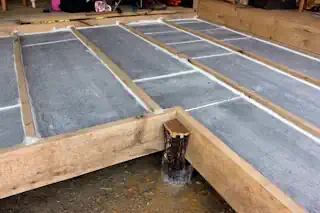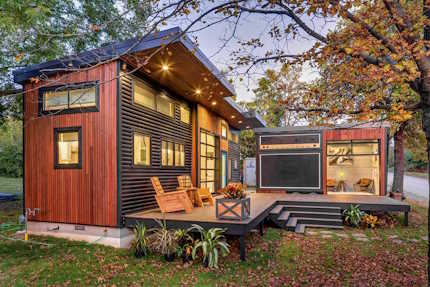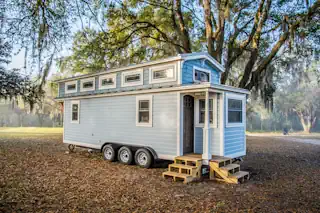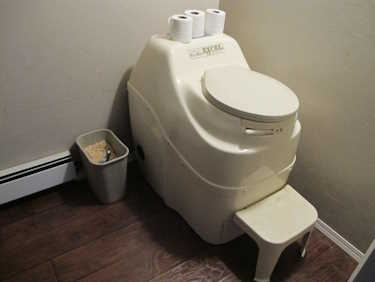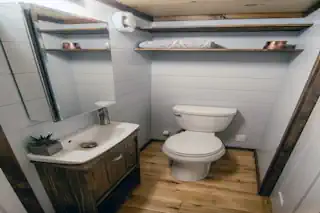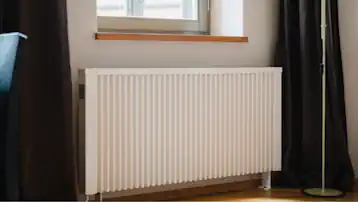Water Conservation in Tiny Houses: Sustainable Solutions
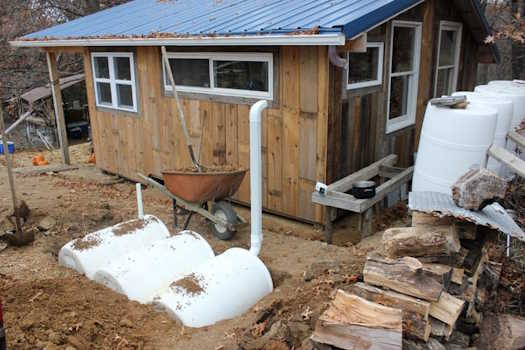
Living in a tiny home is more than just a lifestyle choice; it’s a commitment to sustainability and self-sufficiency. Each square foot of a tiny dwelling is carefully considered to maximize functionality and minimize environmental impact. One of the core challenges—and opportunities—tiny homeowners face is how to manage water, a critical resource, within the compact confines of their space.
From rainwater harvesting to innovative filtration systems, this post dives into the watery world of tiny homes and how to keep the drops flowing sustainably. A water efficient tiny house utilizing stored water and a water filter system will help provide financial freedom from many other alternative water sources.
Water Management in a Tiny House
The innate charm of tiny living often lies in its minimalist approach. This philosophy extends to water usage. Tiny homes are equipped with a variety of systems to manage water effectively, ensuring every drop has a purpose.
Rainwater Harvesting Systems: Capturing rainwater is both an eco-friendly and cost-effective way to manage water in tiny homes. You can collect rainwater for gardening, flushing toilets, and, with proper filtration, even for drinking and cooking.
Grey water Recycling: Grey water comes from sources like sinks, showers, and washing machines. Recycling this water for non-potable needs such as toilet flushing and landscaping reduces the overall water demand of your tiny home. A tiny home’s plumbing system needs to be carefully designed to take advantage of any water source if you want to live off grid.
Composting Toilets: A fantastic solution for water conservation, composting toilets use little to no water and convert waste into compost that can nourish the earth around your tiny home. These wonders do away with the need for a septic tank to manage waste water.
Low-Flow Faucets and Shower heads: These fittings are designed to use significantly less water than conventional faucets, without sacrificing performance or water pressure.
Water-Efficient Appliances: Opt for appliances that are designed with water efficiency in mind. Dishwashers and washing machines with an eco-friendly mode can save gallons of water with each use.
Drip Irrigation for Gardens: If you have a garden, using a drip irrigation system ensures that plants receive a direct supply of water to their roots with minimal waste.
Rainwater Harvesting Systems
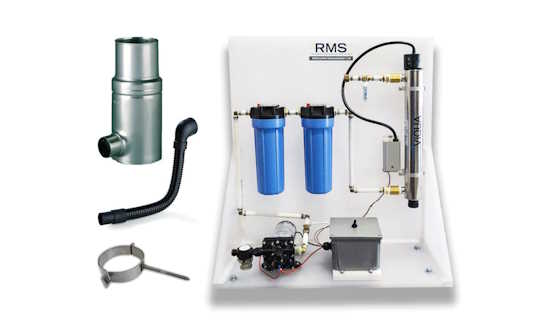
Capturing rainwater is a simple yet effective way to reduce reliance on municipal water supplies. In a tiny home context, rooftop catchment areas are optimized with rain barrels or more elaborate tanks, depending on space and needs. The collected water can be used for non-potable purposes, including flushing toilets, watering plants, and even for laundry. Many solar panels will include a way to direct rainwater to your water tank or water supply storage system.
Grey Water Recycling Techniques
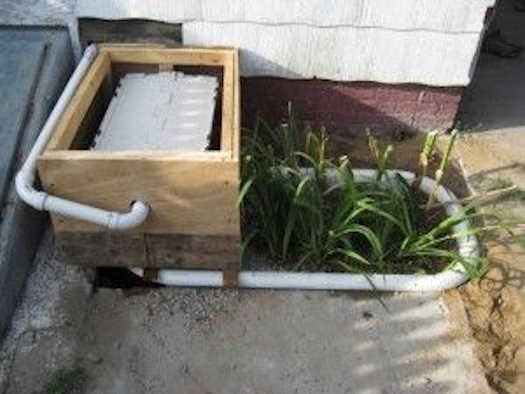
After water is used in sinks and showers, it can often be repurposed before heading to the sewer. Grey water systems divert this water to areas such as gardens where plants can benefit from the nutrient-rich liquid. This closed-loop approach is an excellent fit for the tiny home ethos, turning waste into a valuable resource.
The Beauty of Composting Toilets
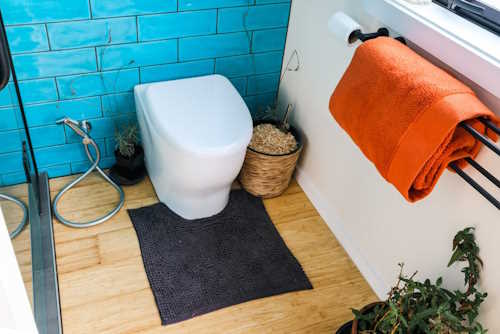
Composting toilets embody the heart of sustainability in tiny living. They’re a testament to how innovative thinking can turn our most basic needs into an opportunity for environmental stewardship. By using little to no water, these toilets help conserve a precious resource while transforming waste into compost.
This compost can enrich the soil, supporting local flora without the need for chemical fertilizers. It’s a win-win situation that not only conserves water but also contributes to a healthier planet. In the intimate setting of a tiny home, adopting a composting toilet isn’t just practical; it’s a meaningful step towards living harmoniously with our environment.
Low-Flow Fixtures and Appliances
Every droplet counts in a tiny home, so it’s crucial to have fixtures and appliances that use water efficiently. Low-flow devices include faucets, shower heads, and toilets that are designed to maintain functionality while drastically reducing water consumption. High-efficiency appliances like dishwashers, water heater and washing machines further contribute to the water-saving mission. Even the kitchen sink can be designed for water conservation.
The Charm of Drip Irrigation in Tiny House Gardens
In the cozy confines of a tiny home’s outdoor space, every inch of garden is a treasure trove of potential. Drip irrigation emerges as a hero in this setting, providing a nurturing touch to your plants with precise, water-wise efficiency. This method of a drainage system sends moisture directly to the roots of your plants, where it’s needed most, avoiding the common pitfalls of over watering or wasteful runoff.
It’s a gentle reminder that living small doesn’t mean compromising on the health and vibrancy of your garden. Rather, it’s an invitation to cultivate life with intentionality and care, making your green space a thriving extension of your tiny home’s sustainability ethos.
Challenges and Solutions
Tiny living presents some unique challenges for water usage. Navigating these challenges requires creative solutions and a willingness to adapt.
Limited Storage Capacity
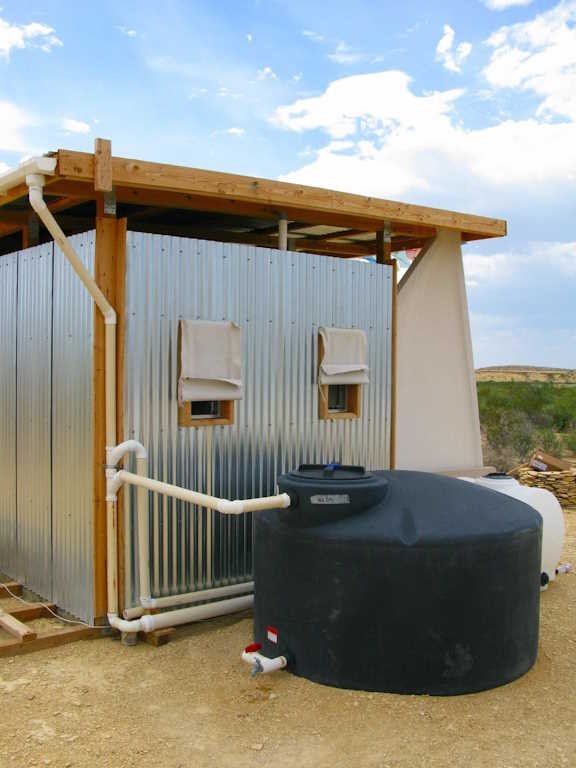
Tiny homes have limited space, which means water storage solutions need to be compact and strategic. This often leads to the installation of slim tanks or modular systems within the home or its foundation.
Off-Grid Considerations
Many tiny homes are off the grid entirely or partially, which affects water access. Solutions here can include solar-powered pumps for well water, or more sophisticated filtration systems for natural water sources. If you have access to a municipal water supply, then a hybrid system might be just the right choice for your little house.
Maintenance and Water Quality
Keeping a water system operational is key, and in the event of contamination, water quality becomes a significant concern. This may necessitate a combination of regular maintenance, UV sterilization, and multi-stage filtration to ensure safe drinking water.
Benefits of Water Conservation in Tiny Houses
The commitment to water conservation in tiny homes extends beyond the personal realm—there are broader-reaching benefits as well.
Environmental Impact
Reducing water usage directly lessens the pressure on municipal supplies and helps preserve local ecosystems. By treating and reusing grey water, tiny homeowners can ensure that their impact on surrounding waterways is minimized.
Cost Savings
Using less water means smaller utility bills. In a tiny home where every centimeter counts, the financial impact of reduced water usage can be profound, leaving more resources for other essentials or luxuries.
Self-Sufficiency
For many tiny homeowners, the appeal includes a desire to be more self-sufficient. Managing water effectively enables a degree of independence from public utilities, a sign of true autonomy and dedication to the tiny living lifestyle.
Conclusion
Water management in tiny homes requires a unique approach, combining innovative technology with a conscious effort to make every use count. A deep understanding of the systems in place is essential, as is the ongoing promotion of these practices to wider communities interested in sustainable living. With the right approach, tiny homeowners can turn water conservation from a challenge into an opportunity to live more responsibly and in harmony with the planet.
Frequently Asked Questions (FAQs)
Is it expensive to install a rainwater harvesting system in a tiny home?
Not necessarily! The cost of installing a rainwater harvesting system can vary widely, but there are options for every budget. Starting with simple barrels connected to your gutters can be quite cost-effective. If you’re handy, DIY solutions can further reduce expenses, making it an affordable option for many tiny homeowners.
Can I use grey water for all my gardening needs?
It depends on the plants you’re growing and the detergents you use. Grey water is great for most ornamental plants and trees. However, if you’re using grey water for vegetables, it’s important to ensure your cleaning products are biodegradable and non-toxic, as residues can affect plant health. Also, it’s generally advised to avoid direct contact between grey water and edible parts of the plant.
How do I ensure my drinking water is safe if I’m living off-grid?
Ensuring safe drinking water involves a multifaceted approach, including initial source testing, proper filtration, and ongoing water quality monitoring. Technologies like UV sterilization and multi-stage filtration are effective at removing pathogens and contaminants. Additionally, regular maintenance and testing are crucial to keep your water safe for consumption.
Will low-flow fixtures reduce the quality of my showers and general water usage?
Absolutely not! Modern low-flow fixtures are designed to maintain water pressure and overall user experience while reducing water usage. Tiny house plumbing systems are all about matching normal houses. Many people find that they don’t notice a significant difference in their daily routines after switching to low-flow fixtures, except in their reduced environmental impact and utility bills!
How can I maximize my water storage in a tiny space?
Getting creative is key. Consider multi-purpose furniture that can double as water storage or installing slim-line tanks that fit into unused spaces around your home. Underground tanks might be an option for those with a bit of land. Additionally, reducing your overall water usage through efficient fixtures and appliances will lessen the need for extensive storage.
By integrating these FAQs and their answers into your daily living, you’re not just adapting to a tiny home lifestyle; you’re pioneering a path toward a more sustainable and self-sufficient future.
